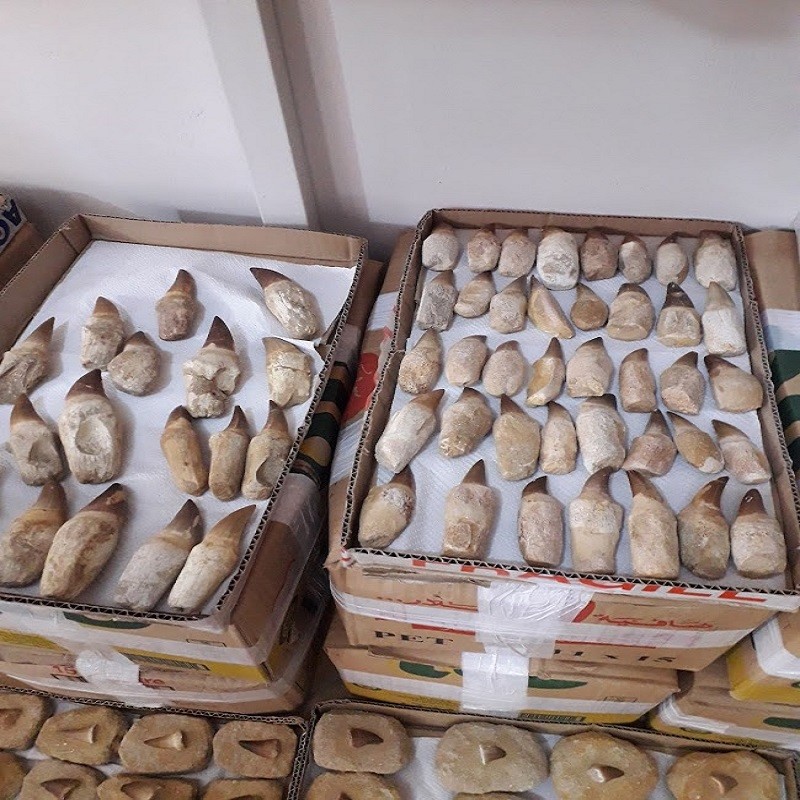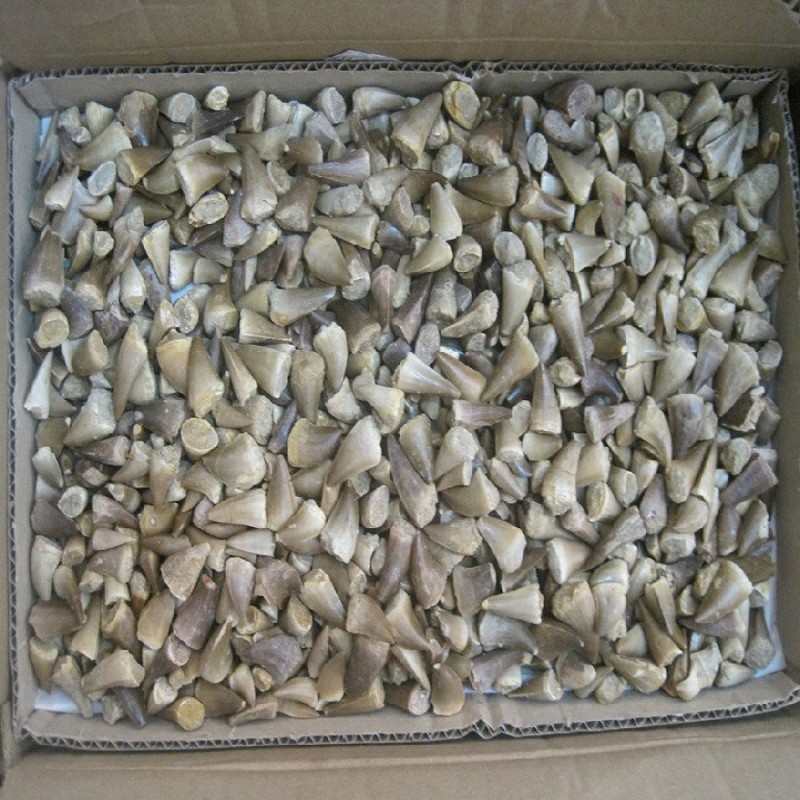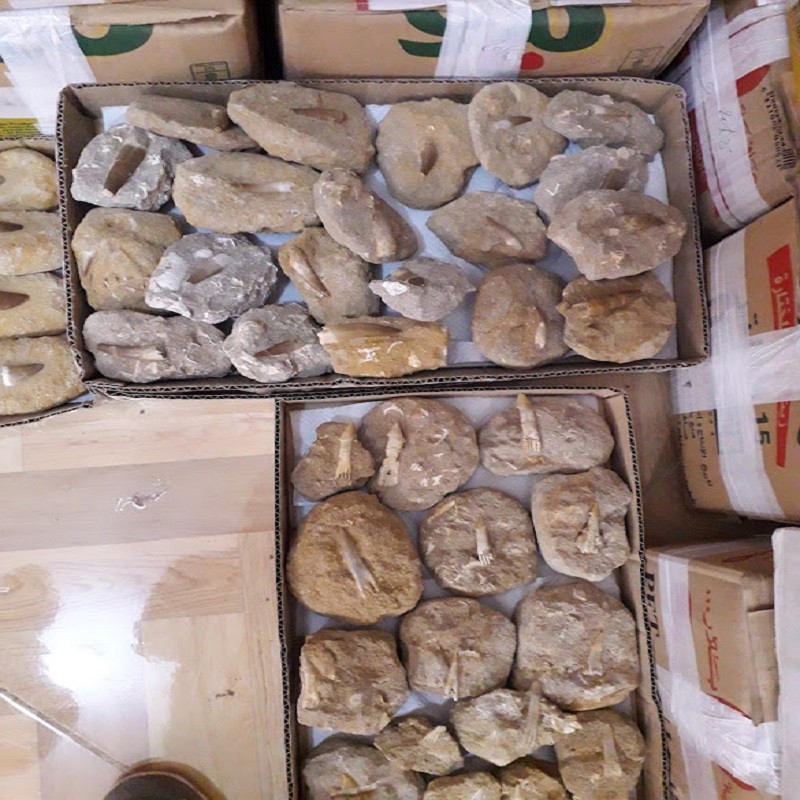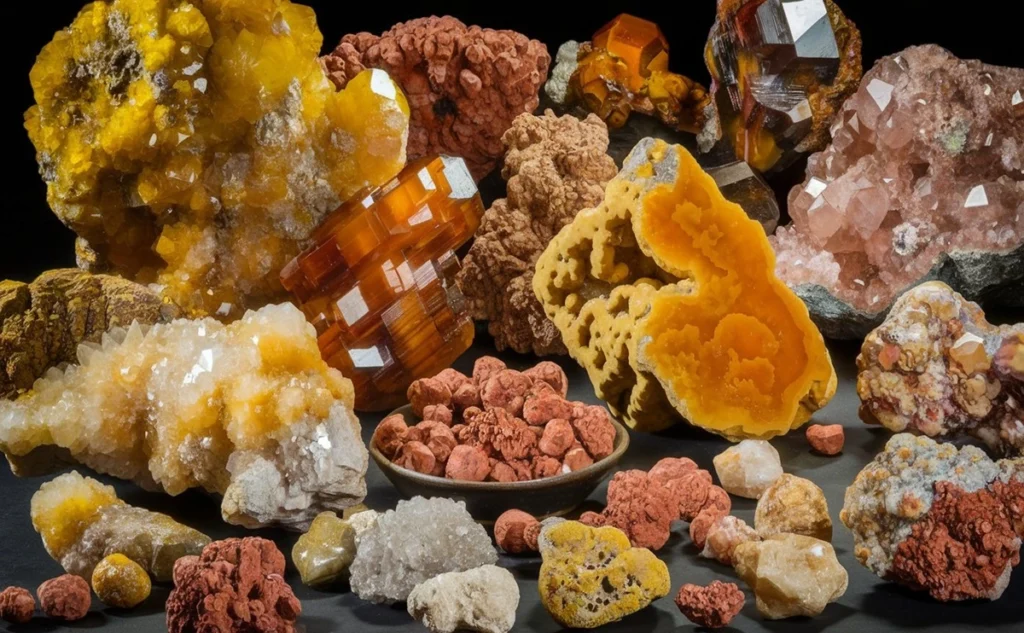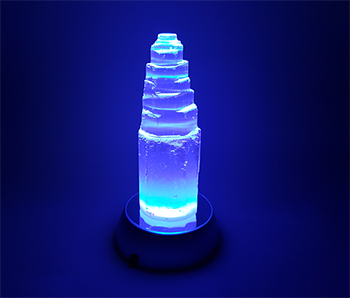Minerals are naturally occurring, inorganic solids that shape the Earth and support human innovation. This guide explores their properties, classifications, and formation, offering a clear introduction to the fascinating world beneath our feet.
Table of Contents / Jump to
- What Are Minerals?
- Minerals in Nature: Naturally Occurring and Inorganic Solids
- Chemical Composition of Minerals
- Crystal Structure: The Heart of Mineral Formation
- Types of Minerals: Native Elements and Chemical Compounds
- Physical Properties of Minerals
- Mineral Classification: Organizing the World of Minerals
- Mineralogy: The Science Behind Mineral Study
- Mineral Identification Techniques
- Mineral Formation and Geological Processes
- Mineral Resources and Their Economic Significance
- Mineral Exploration and Mining
- Sustainability and the Environmental Impact of Minerals
- Conclusion: The Importance of Minerals in Our World
1. What Are Minerals?
Minerals are naturally occurring, inorganic solids with a specific chemical composition and a crystalline structure. They are the building blocks of rocks, and their properties make them essential in various applications ranging from industrial use to jewelry and art. Understanding minerals involves not only knowing their physical characteristics but also how they form and interact with their environment.
This beginner’s guide will take you on a journey to explore the fascinating world of minerals, uncovering their properties, classifications, and uses. Whether you’re interested in geology, mineralogy, or simply curious about the world beneath our feet, this article will provide a solid foundation for understanding the fundamental properties of minerals.
2. Minerals in Nature: Naturally Occurring and Inorganic Solids
The definition of a mineral hinges on three key criteria: it must be naturally occurring, inorganic, and solid. Naturally occurring means that minerals form through natural geological processes without human intervention. They are typically found in the Earth’s crust, although some can also be found in meteorites or even in space.
In addition, minerals must be inorganic. This means that they are not derived from living organisms. The organic compounds found in plants and animals do not classify as minerals, even though some minerals, like coal, might have biological origins.
Finally, minerals must be solid at room temperature. This distinguishes minerals from liquids like water and gases such as air, which are not considered minerals despite being important components of the Earth’s systems.
3. Chemical Composition of Minerals
Every mineral has a chemical composition, which refers to the types and proportions of elements present in it. The chemical composition determines many of the mineral’s properties, including its hardness, density, and color. The combination of elements within a mineral can be simple or complex, and they are usually expressed in a formula. For example, the mineral quartz (SiO₂) consists of silicon and oxygen in a 1:2 ratio.
Minerals can be categorized as either native elements, which are composed of a single element (like gold or copper), or as chemical compounds, which consist of two or more elements bonded together in fixed proportions.
4. Crystal Structure: The Heart of Mineral Formation
The crystal structure of a mineral refers to the way its atoms or molecules are arranged in a repeating pattern that extends in three dimensions. This arrangement determines many of the mineral’s physical properties and its overall appearance.
Crystals grow when minerals form from molten rock, solutions, or vapor, and they develop characteristic shapes such as cubes, prisms, or pyramids. The arrangement of atoms affects properties such as hardness, density, and cleavage.
5. Types of Minerals: Native Elements and Chemical Compounds
Minerals are broadly classified into two main categories based on their chemical composition:
- Native elements: These minerals consist of only one type of element. Examples include gold (Au), silver (Ag), and copper (Cu). They are usually found in their pure form in nature and are prized for their rarity and beauty.
- Chemical compounds: These minerals are made up of two or more elements chemically combined in fixed ratios. Examples include quartz (SiO₂), feldspar (KAlSi₃O₈), and calcite (CaCO₃). These compounds are common in the Earth’s crust and make up much of the rock-forming minerals.
6. Physical Properties of Minerals
Minerals are identified and classified based on their physical properties, which include a range of characteristics that can be measured or observed. These properties provide insight into the mineral’s composition, formation process, and potential uses.
Hardness
The hardness of a mineral refers to its resistance to scratching, which is determined by the strength of its chemical bonds. The Mohs scale of hardness ranks minerals from 1 (talc, the softest) to 10 (diamond, the hardest).
Density
Density is the mass of a mineral per unit volume and varies depending on its atomic structure and chemical composition. Heavier minerals, such as galena (PbS), have higher densities, while lighter minerals, such as feldspar, have lower densities.
Color
While color can be an identifying feature, it is not always reliable since it can be influenced by impurities. However, minerals like sulfur (S) or malachite (Cu₂CO₃(OH)₂) are known for their vibrant colors.
Luster
Luster describes how a mineral reflects light. Minerals can have a metallic, glassy, pearly, or dull luster. For example, gold has a metallic luster, while quartz has a glassy luster.
Cleavage and Fracture
Cleavage refers to how a mineral breaks along specific planes of weakness, while fracture describes the way a mineral breaks when it doesn’t have cleavage. Minerals like mica have perfect cleavage, while quartz exhibits a conchoidal fracture.
Streak
The streak is the color of the powder left behind when a mineral is scraped across a porcelain plate. This can sometimes be different from the mineral’s surface color and is useful for identification.
Magnetism
Some minerals, like magnetite (Fe₃O₄), exhibit magnetism, meaning they are attracted to magnets. This property is useful for identifying certain ores.
Tenacity
Tenacity describes a mineral’s resistance to breaking, bending, or deforming. Minerals like gold are malleable (easily bent), while others like brittle minerals break easily.
Fluorescence and Radioactivity
Some minerals, such as fluorite, exhibit fluorescence when exposed to ultraviolet light. A very small number of minerals are radioactive, like uraninite (UO₂), which contain unstable isotopes.
Solubility, Transparency, and Opaqueness
Minerals can also be identified based on their solubility in water, as well as their transparency, translucency, or opaqueness. Minerals like sapphire are transparent, while minerals like pyrite are opaque.
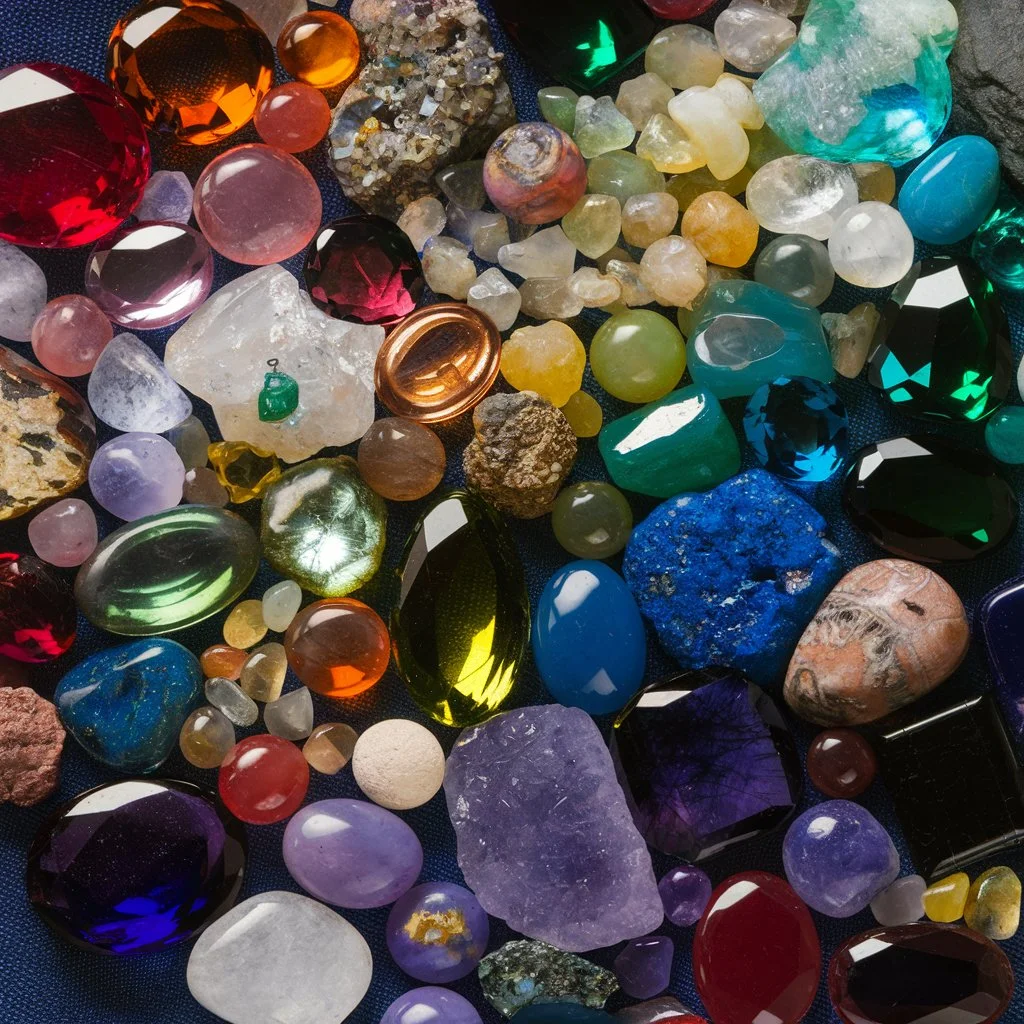
7. Mineral Classification: Organizing the World of Minerals
Minerals are classified into groups based on their chemical composition and crystal structure. The most common classification system is based on the dominant anion group, such as:
- Silicates (containing silicon and oxygen)
- Carbonates (containing carbon and oxygen)
- Oxides (containing oxygen and one or more metals)
- Sulfides (containing sulfur and a metal)
Each of these groups contains subgroups based on more specific chemical characteristics.
8. Mineralogy: The Science Behind Mineral Study
Mineralogy is the branch of geology that focuses on the study of minerals, their formation, structure, properties, and classification. Mineralogists use advanced tools and techniques to identify minerals, study their behavior under various conditions, and explore their uses in industry, technology, and art.
9. Mineral Identification Techniques
Mineral identification involves a combination of visual observations and scientific tests, including tests for hardness, streak, density, and magnetism. Modern technologies such as X-ray diffraction and electron microprobe analysis have made mineral identification faster and more accurate.
10. Mineral Formation and Geological Processes
Minerals form through various geological processes such as crystallization from molten rock, evaporation from water bodies, and chemical reactions in deep Earth environments. The Earth’s crust is a rich source of mineral formation, with igneous, sedimentary, and metamorphic rocks all hosting different types of minerals.
11. Mineral Resources and Their Economic Significance
Minerals are invaluable resources used in everything from construction materials to technology. Rock-forming minerals like feldspar and quartz are abundant and form the foundation of many rocks. Minerals like gold, silver, and diamond are rare and have high economic value. The mineral industry is a crucial part of the global economy, with minerals used in manufacturing, energy production, and even health applications.
12. Mineral Exploration and Mining
Mineral exploration involves locating and assessing mineral deposits through surveys and sampling, while mining involves extracting these minerals for industrial use. Modern techniques like remote sensing, seismic surveys, and geological mapping have enhanced the efficiency of mineral exploration.
13. Sustainability and the Environmental Impact of Minerals
Mineral extraction and processing can have significant environmental impacts, including habitat destruction, pollution, and resource depletion. Sustainable practices in the mineral industry aim to reduce these impacts, focusing on mineral recycling, sustainable mining, and mineral conservation.
14. Conclusion: The Importance of Minerals in Our World
Minerals are essential to life on Earth and have been for centuries. From the materials we use to build our homes and technology to the precious gems we admire in jewelry, minerals shape our world in profound ways. Understanding their properties, classification, and uses not only deepens our appreciation for the natural world but also empowers us to harness their potential for a more sustainable future.


